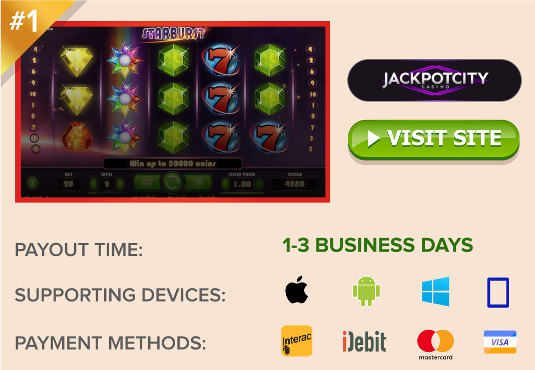Advisory Tips: Winning Strategies for Doubles Cribbage
 Cribbage is one of the most beloved card games in the world, especially here in Canada. Traditionally, we play by Canadian Doubles Cribbage rules, wherein four players team up in dual partnerships, each competing to be the first to achieve 121 points.
Cribbage is one of the most beloved card games in the world, especially here in Canada. Traditionally, we play by Canadian Doubles Cribbage rules, wherein four players team up in dual partnerships, each competing to be the first to achieve 121 points.
The game is so popular that many of its most avid fans play for real money. Tournaments are held locally, provincially, and on a national level. There are also a multitude of iGaming websites where players can compete in real money Cribbage matches (or just for fun!) against other players from all over the globe.
In order to be a successful player, you’ll need a lot of practice to develop a winning doubles cribbage strategy. Just understanding the rules of the game isn’t enough, nor is studying tactful game play. It takes practice, and lots of it, to truly appreciate the intricacies of the game.
Winning Strategies for Doubles Cribbage
As I said, a winning strategy isn’t something you learn from reading a book or webpage. It takes many hours – weeks, months, even years – of devoted practice to learn and properly incorporate a doubles cribbage strategy.
If you’re already a seasoned player, the following advisory tips will help you to become a better player. If not, study these tips, but continue playing in a friendly setting until you feel you’re truly ready to move on to real money action.
Discarding to the Crib
If you’re the dealer or pone (lead partner left of the dealer), you’ll be discarding two cards to the crib. What you play here should depend on whether you’re the dealer, or the pone. The best card for the owner of the crib (dealer) is a 5. If you have one, discard it and count it as 2 potential points. If you’re the pone, do not discard a 5, or anything lower if possible
Building Hands
By Canadian Cribbage rules, the dealer and pone are responsible for developing their partner’s hands. In doing so, make sure you recognize potential pegging points, and spread the cards accordingly. Hands should be developed with accommodating cards that have potential for pegging and counting, and if you own the crib, reserve counts of 5 for it (A-4, 2-3, 5-5).
Try to keep runs together, and pairs together. For example, if you hold 2-2-3-5-6-8-9-T-K-K, you could divvy them up as:
Dealer: 2-2-K-K
Partner: 6-8-9-T
Crib: 5-3
Or
Pone: 2-2-K-K
Partner: 5-8-9-T
Crib: 3-6
Leading a Low Card
As the lead player, try not to give your opponents the option to strike 15 or 31, or claim GO. Leading with a low card, such as 2 or 3, minimizes this risk. Pay close attention to the count, and keep this in mind throughout the entire hand.
Recognizing Pegging Points
The majority of the game relies upon players recognizing an opportunity to make points. This is where all that practice comes into play. A novice will often miss out on opportunities simply because they don’t recognize them.
Pay close attention to every move. When an opportunity to pair comes along, pair it. When a run presents itself, run it. Take the single GO point when nothing else is available. Every point matters.
Play to Your Partner, Not your Opponent
The more experience you get, the more you’ll be able to identify a point set-up from your partner, as well as one from your opponents’ side. Also, playing with the same partner every time will build a natural, unspoken rapport between you. This relationship will allow the two of you to easily integrate winning strategies for doubles cribbage, without you or your partner’s point set-ups being obvious to your opponents.
 Jackpotcity.com is our editorial pick for your gaming needs. Currently offering an entire suite of casino games, as well as a wide range of Canadian deposit options, JackPotCity truly offers world-class gaming.
Jackpotcity.com is our editorial pick for your gaming needs. Currently offering an entire suite of casino games, as well as a wide range of Canadian deposit options, JackPotCity truly offers world-class gaming.





